It is reported that by the end of 2024, the number of new energy vehicles in China has reached 31.4 million, but there are only 20,000 to 30,000 new energy vehicle maintenance companies, and less than 100,000 skilled personnel engaged in maintenance. As the consumer team of new energy vehicles becomes larger and larger, it is becoming more difficult and urgent to improve the after-sales service system.
“The new energy vehicle industry has shifted from quantitative change to qualitative change, and the aftermarket of new energy vehicles has become a key link affecting the development and upgrading of new energy vehicles.” Not long ago, Hu Xiaodong, president of Tuhu Auto Care, said at the China Electric Vehicle Hundred People Forum that the demand for testing, maintenance and emerging services of the three-electric system of new energy vehicles is increasing, but correspondingly, the average maintenance cost of power batteries is still high, the coverage of authorized service outlets of OEMs and battery factories is relatively insufficient, the ability of three-electric maintenance and testing is still limited, and the standardization of the automotive film industry is not perfect enough. Hu Xiaodong said that only by focusing on the needs and pain points of users and carrying out more supply innovations from multiple angles and levels can the needs and expectations of new energy vehicle owners be better met.
- Consumers encounter after-sales troubles
In an interview with the media, Mr. Wang, a Geely new energy car owner, shared an unpleasant experience: the left door of the vehicle was deformed after being hit. Although the insurance company paid the claim quickly, it took a long time to repair the car at the 4S shop. “At that time, the door had to wait for nearly 10 days, and it was half a month before the car was picked up.” Mr. Wang said frankly that it would be very convenient to go to the auto parts city for repairs. Just make a phone call to make an appointment and replace the parts when you arrive.
In contrast, Ms. Luo, a BYD car owner living in Beijing, did not encounter the troubles of few outlets and long repair queues, but found during the repair process that the price of replacing the same accessories at the 4S shop would be about 5% to 10% higher than that of the official repair shop, and there were some “special” requirements. “I scratched the taillight several times, because only the lampshade was broken, I wanted to keep the lamp when the car was repaired, but the shop said that because the insurance required a full replacement, so in the end, neither the intact lamp nor the broken lampshade was given to us.” Ms. Luo told reporters that because insurance is used in most cases, when you need to repair the car, you can only go to the more expensive 4S shop.
Lynk & Co owner Mr. Liu admitted in an interview with the media that when he bought the car, the manufacturer repeatedly reminded him not to repair and maintain it at unauthorized stores at will, so he has been bearing the maintenance fees of 4S stores, which are nearly half of those of third parties. “My car needs to spend two or three thousand yuan for minor maintenance, but it only costs less than 1,000 yuan if I go outside. But there is no way. If I don’t maintain it at the 4S store specified by the manufacturer, the lifetime warranty of the three electrics and the warranty of the whole vehicle will be lost. If the warranty is lost, the money I lose is not just this.” Mr. Liu hopes that the manufacturer can separate after-sales service from 4S stores, so that car owners can have lower prices and more choices.
Recently, there have been endless reports on after-sales problems of new energy vehicles, and many new energy vehicle users have encountered troubles during the after-sales maintenance of their vehicles. Some car owners had battery failures in their vehicles. The same battery module replacement was required, but the 4S shop quoted a price that was nearly 10,000 yuan higher than that of a third-party repair shop. The owner of a new energy vehicle brand with a large number of vehicles needed to have the high-voltage system repaired, but was told that it would take several weeks to schedule. Some car owners were even more upset. When the new energy vehicle broke down, the 4S shop could not find out the cause.
As Bai Kun, executive vice secretary-general of the All-China Federation of Industry and Commerce Automobile and Motorcycle Parts Chamber of Commerce, said: “After-sales service, especially the maintenance industry, as a guarantee for the development of the new energy vehicle industry, its development level is directly related to user experience and the development quality of the automobile industry.” If the after-sales service system of new energy vehicles is not improved as soon as possible, it will inevitably have an adverse impact on the sustainable development of the industry. - Few stores, closed, and high investment
Why do the above problems occur?
First, the number of new energy vehicle maintenance stores in my country is seriously insufficient. According to statistics from the China Automobile Maintenance Industry Association, there are about 400,000 companies related to the maintenance of fuel vehicles in my country, but there are only 20,000 to 30,000 new energy vehicle maintenance companies. Industry insiders pointed out that since the maintenance centers of new energy vehicle manufacturers mostly adopt the direct sales model, the number of official maintenance centers is relatively small, resulting in a significantly lower density of outlets than traditional automobile 4S stores, and some car owners have to wait longer for repairs and maintenance.
Industry insiders pointed out that an important reason for the small number of new energy vehicle maintenance stores is that all new energy vehicle maintenance is currently subject to the authorization system. The maintenance of the whole vehicle requires the authorization of the car company, and the battery maintenance is authorized by the battery factory. Of course, in the early stages of the development of the new energy vehicle market, the authorization model is conducive to optimizing costs and ensuring the quality of maintenance services, but it may also lead to market monopoly, leaving consumers with limited choices.
“The new energy vehicle aftermarket needs more social institutions to join and reduce maintenance costs through full competition.” Industry insiders suggest that in accordance with international practices, automobile companies can moderately open up maintenance technology to vocational schools and social training institutions on the premise of protecting intellectual property rights, and strive to establish a service system in the field of new energy vehicle after-sales service with the whole vehicle company as the leader and the social comprehensive repair shop as the supplement, so as to better provide after-sales service for the majority of new energy vehicle owners.
In addition, the high threshold and high investment nature of new energy vehicle maintenance have also restricted the expansion of the scale of third-party after-sales service stores to a certain extent. Industry experts suggest that traditional auto dealers have sufficient experience in stocking spare parts, but many companies may not have experience in what proportion of spare parts should be used for new energy vehicles, and the cost is relatively high. For example, the cost of power batteries may account for 1/4 of the entire vehicle. Another thing worth noting is that the accessories system of new energy vehicles is relatively closed. “If the parts of new energy vehicles are damaged and need to be replaced, it is often very difficult to buy related parts in traditional auto repair shops. Therefore, even if the repair master finds the problem, there is no way to repair it.” A staff member engaged in auto repair admitted that it is difficult for independent auto repair shops to find new energy vehicle parts.
In addition, repairing fuel vehicles does not require too much professional equipment, but new energy vehicles require a lot of expensive equipment just for the disassembly, inspection, replacement and packaging of power battery packs. More importantly, due to the current lack of relevant technical personnel in the industry, the investment in labor costs is also higher than that of traditional fuel vehicles.

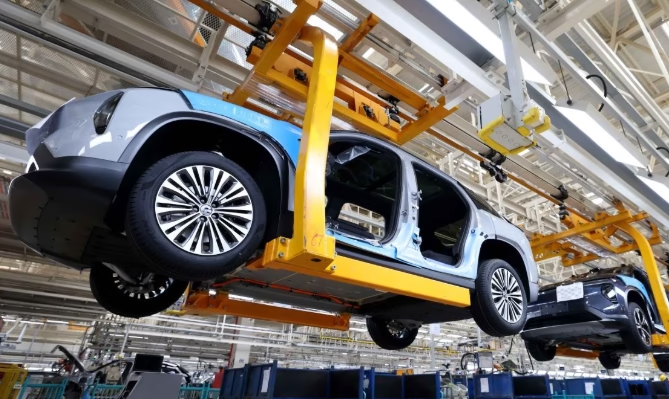
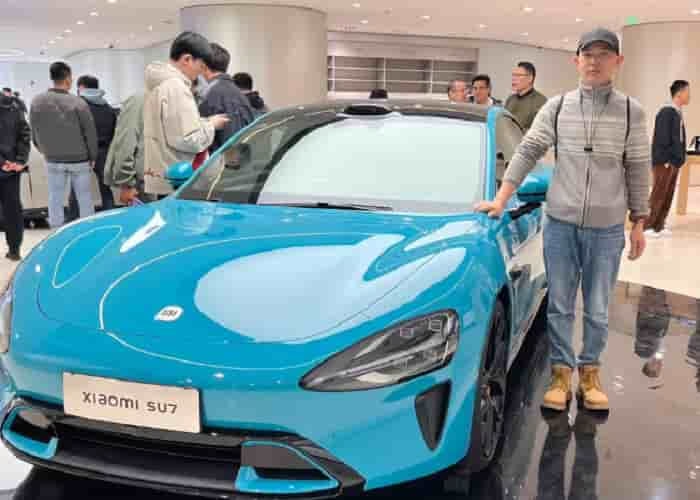
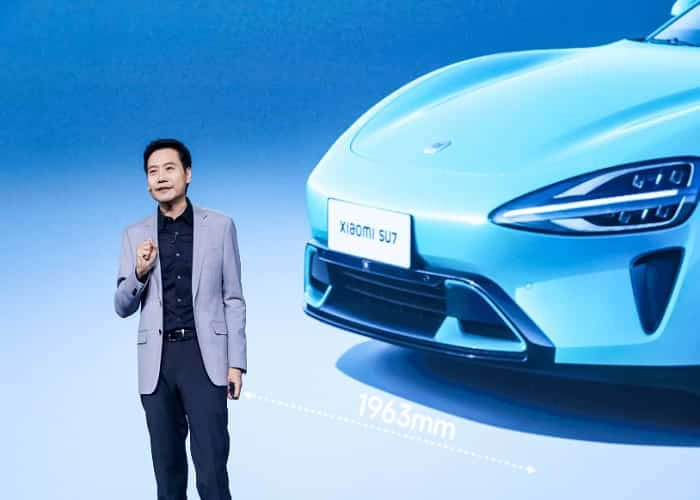
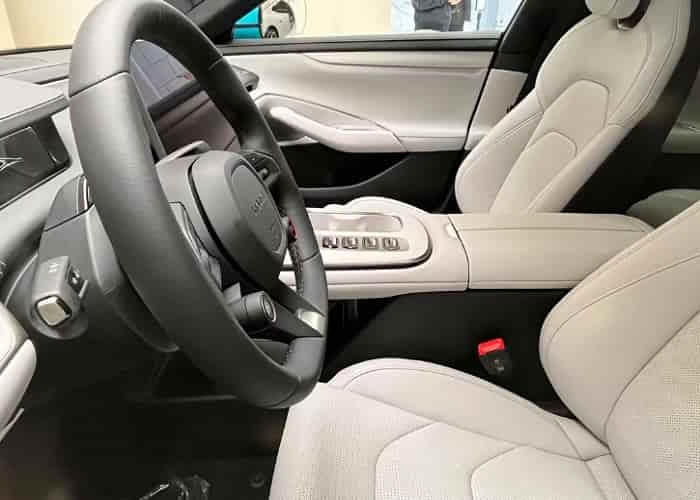


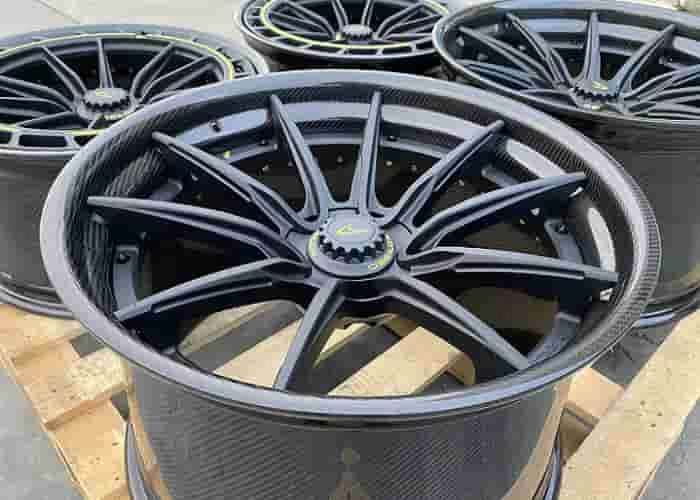

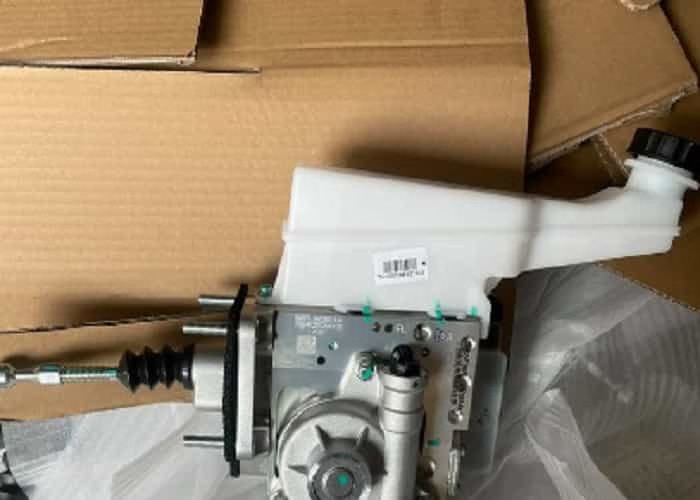
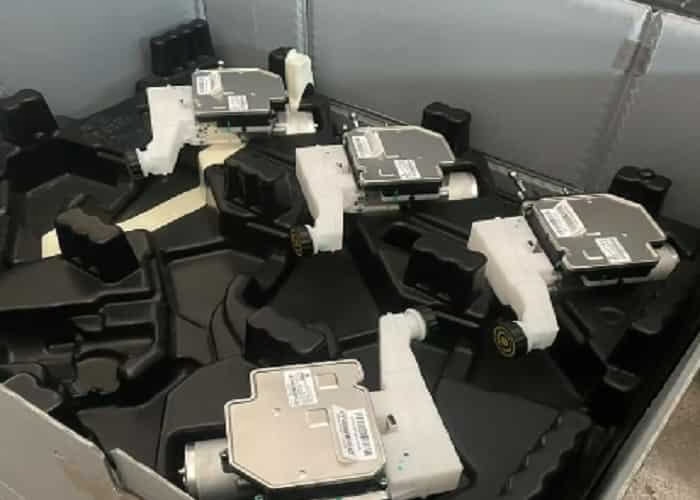
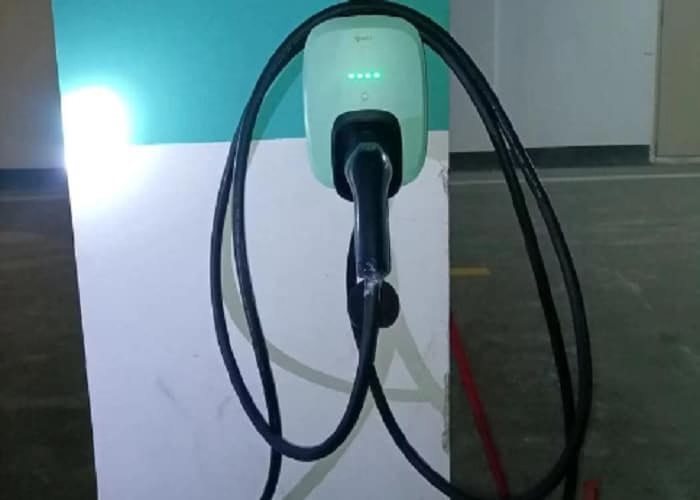



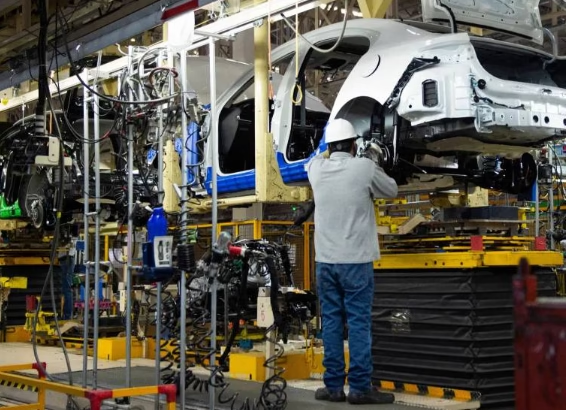
Leave a Reply